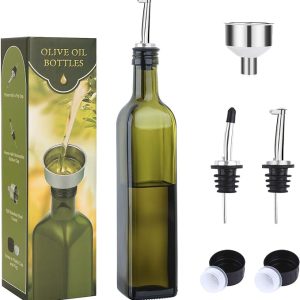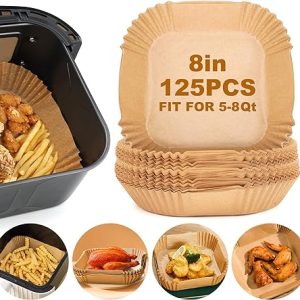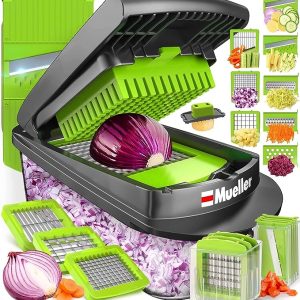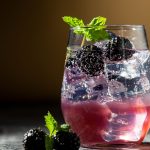Every year, the Environmental Working Group (EWG) compiles and publishes its annual lists of the 12 most pesticide-laden and the 15 cleanest fruits and vegetables on the market by analyzing U.S.
Department of Agriculture (USDA) data “to identify which fresh fruits and vegetables are most and least contaminated with pesticide residues,” said its spokeswoman.
Relatively unchanged since 2019, new to the Dirty Dozen are collard and mustard greens as well as bell peppers, with strawberries topping the list of offenders again, while avocados returned to the top of the Clean 15!
The list hasn’t changed much from 2016, with two exceptions: cherry tomatoes and cucumber have been exonerated from the dirty dozen, while potatoes and pears have been added in disgrace, as well as bell peppers, for the third time.
To the Clean 15, sadly, mangos and grapefruit have been eliminated, while broccoli and mushrooms have come clean.
They don’t share details on specific species. Mushrooms, for example, I suppose are white button, crimini, or portabella, since they are widely farmed in North America.
Morels, chanterelles, and wood ears are gathered in the wild, so we can assume that they are safe. Ditto for my beloved truffles.
All agricultural produce should be washed or rinsed well prior to use or ingesting raw to remove as much pesticide residue, dirt, and debris as possible.
Even organically grown and hydroponically grown produce, which are always preferable for nutritional value, cleanliness, and taste, should be thoroughly cleaned.
“This year, the USDA’s tests found residues of potentially harmful chemical pesticides on nearly 70 percent of the non-organic fresh produce sold in the U.S.,” EWG said in a press release. “Before testing fruits and vegetables, the USDA washes, scrubs, and peels them, as consumers would.”
Here are the lists:
Dirty Dozen Clean 15
- strawberries avocados
- apples, sweet corn
- nectarines pineapples
- peaches cabbage
- celery, sweet peas
- grapes onions
- cherries asparagus
- spinach papayas
- tomatoes kiwi
- potatoes eggplant
- pears, honeydew melon
- hot peppers or bell peppers, cantaloupe melon
- + kale, collard, or mustard greens; cauliflower
- broccoli
- mushrooms
We can’t be 100 percent sure of food safety unless we grow our own, so let’s follow our common sense and instincts and listen to the masters. “Whether organic or conventionally grown, fruits and vegetables are critical components of a healthy diet,” said EWG toxicologist Thomas Galligan, Ph.D., in the release. “We urge consumers who are concerned about their pesticide intake to consider, when possible, purchasing organically grown versions of the foods on EWG’s Dirty Dozen or conventional produce from our Clean Fifteen.”
EWG says, “Most pesticide residues the USDA finds fall within government-mandated restrictions. But legal limits aren’t always safe.” Well said!










